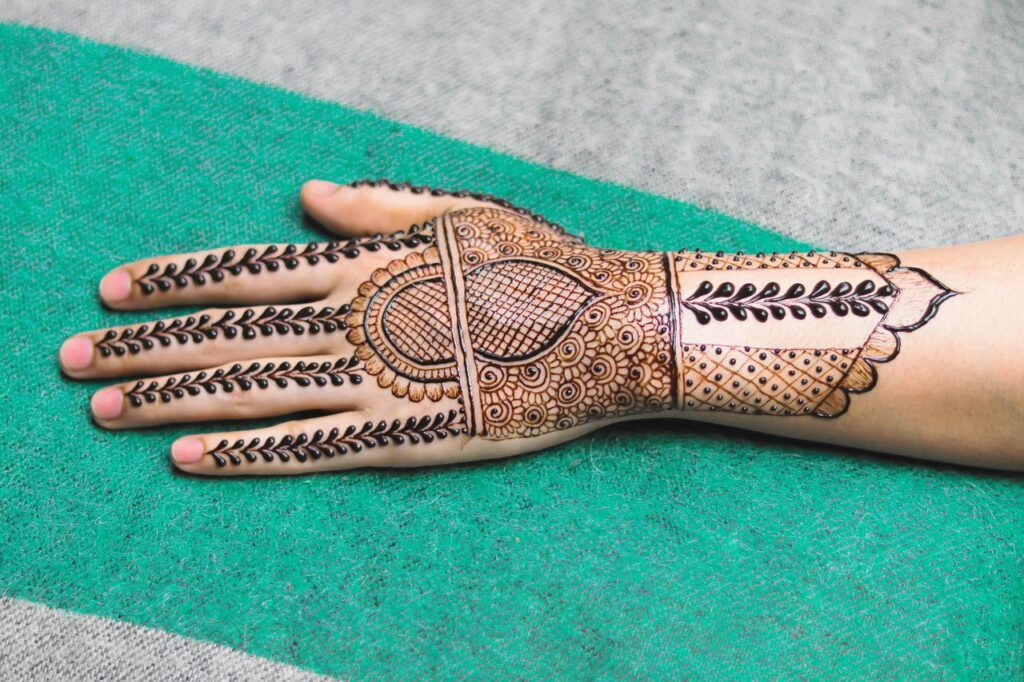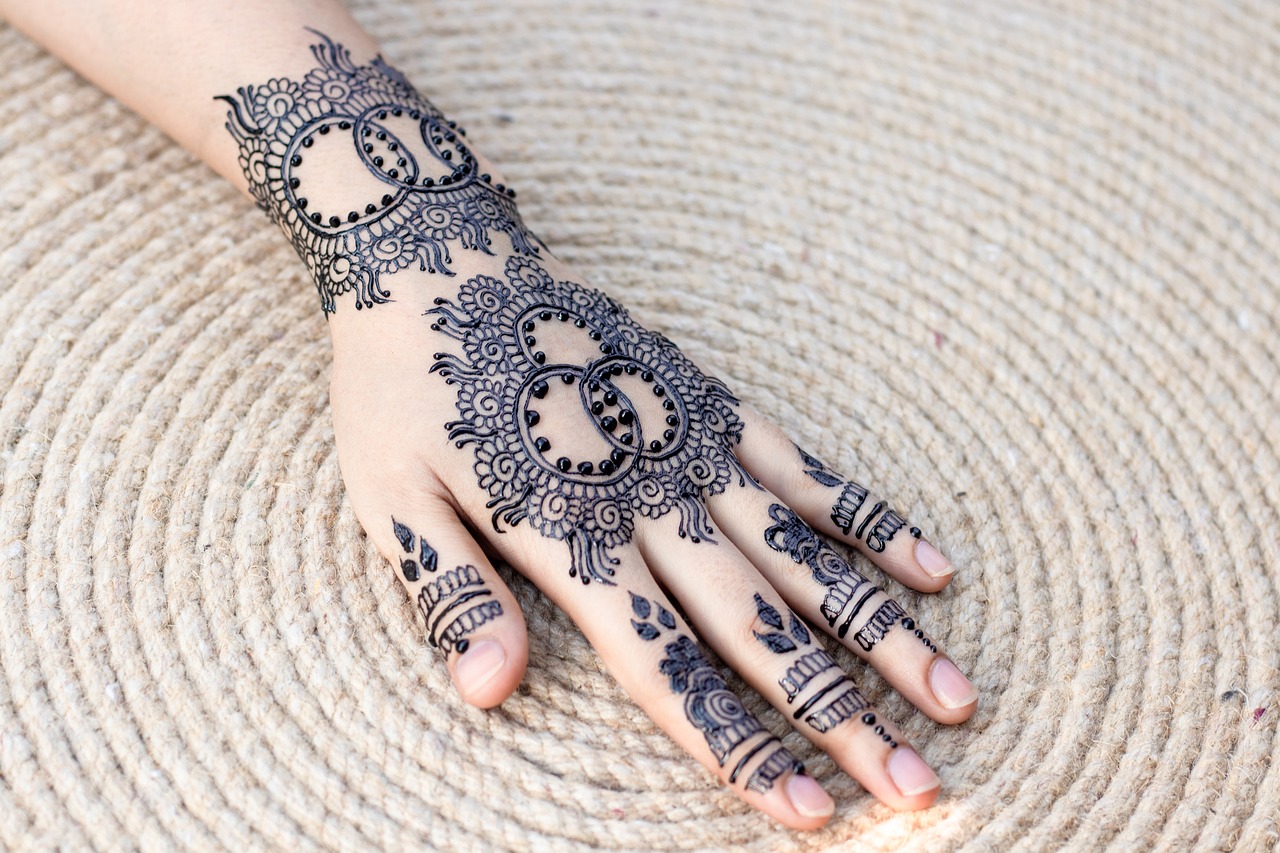The Significance of Front Hand Mehndi Design

Front hand mehndi design is a timeless art form that holds deep cultural significance in many societies, especially in South Asia and the Middle East. Traditionally, mehndi, or henna, is applied during special occasions such as weddings, festivals, and celebrations. This intricate design not only beautifies the hands but also symbolizes good fortune, joy, and health.
From delicate floral patterns to bold geometric shapes, front hand mehndi designs come in a variety of styles. The beauty of these designs lies in their ability to tell a story, reflecting the personality and emotions of the wearer. Whether it’s a simple pattern for a casual event or an elaborate design for a wedding, the right mehndi can enhance your overall aesthetic.
What Are the Popular Patterns for Front Hand Mehndi Designs?
Popular patterns for front hand mehndi designs include paisleys, mandalas, and intricate floral arrangements. Some designs feature motifs of birds, peacocks, and other nature elements, which add a unique touch. Additionally, many brides opt for designs that incorporate their initials or special symbols that represent their journey.
Research on the Cultural Importance of Mehndi
According to a study published by HennaSores, mehndi has been used for centuries as a decorative element in various cultures, symbolizing luck and protection.
Choosing the Right Front Hand Mehndi Design for Your Event

When selecting a front hand mehndi design, it is essential to consider the occasion. For weddings, brides often choose intricate designs that extend across the arms, symbolizing the union of two souls. In contrast, for casual events, simpler patterns may be preferred.
Also, skin tone can enhance or lessen the visual impact of mehndi. Darker henna stains tend to look more vibrant on lighter skin tones, while intricate designs pop against darker hues. Ultimately, the choice of design should resonate with personal style and the overall vibe of the event.
How Long Do Mehndi Designs Last?
Front hand mehndi designs typically last between one to three weeks, depending on skin type, care, and the henna used. To prolong the life of your design, avoid water exposure and apply natural oils.
Case Study on Mehndi Longevity
Experts at Henna Tribe have noted that proper care can extend the lifespan of mehndi designs significantly, advising that clients refrain from vigorous activities for at least 24 hours post-application.
Tips for Designing Your Own Front Hand Mehndi

If you’re considering applying your own front hand mehndi design, there are a few helpful tips to keep in mind:
- Start with simple patterns to build your confidence.
- Use a cone applicator for precision.
- Practice on paper before applying to your skin.
- Research and use natural henna for optimal results.
With patience and practice, you can create stunning designs that are both unique and personal.
What’s the Best Way to Prepare for Mehndi Application?
Preparing your skin is crucial for a successful mehndi application. Ensure your hands are clean and exfoliated to allow the henna to stain effectively. Avoid moisturizers right before application, as they can create a barrier that hinders the design.
Expert Tips for Mehndi Preparation
According to renowned mehndi artist Karishma P., “The better you prepare your skin, the richer and longer-lasting your mehndi stain will be. Clean skin absorbs henna better, giving you vibrant results.â€
Conclusion

Front hand mehndi design is not just an art; it’s a symbol of celebration, traditions, and personal expression. From choosing the right patterns based on occasion to knowing how to care for your design, understanding these aspects will enhance your mehndi experience. Don’t hesitate to explore your creativity—embrace the beauty of mehndi today!
If you enjoyed this post, consider sharing it with others or subscribing for more insights on traditional arts!
